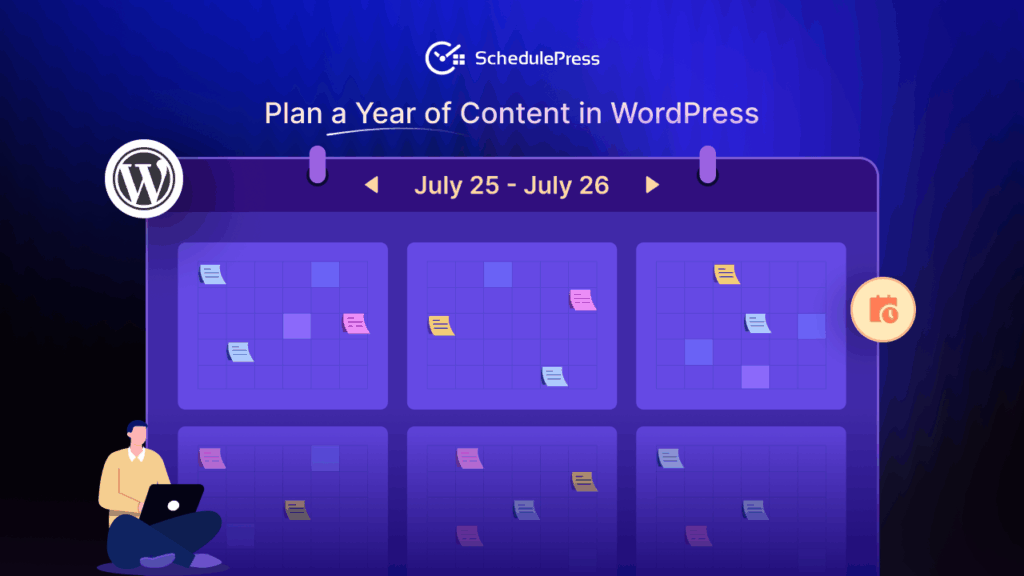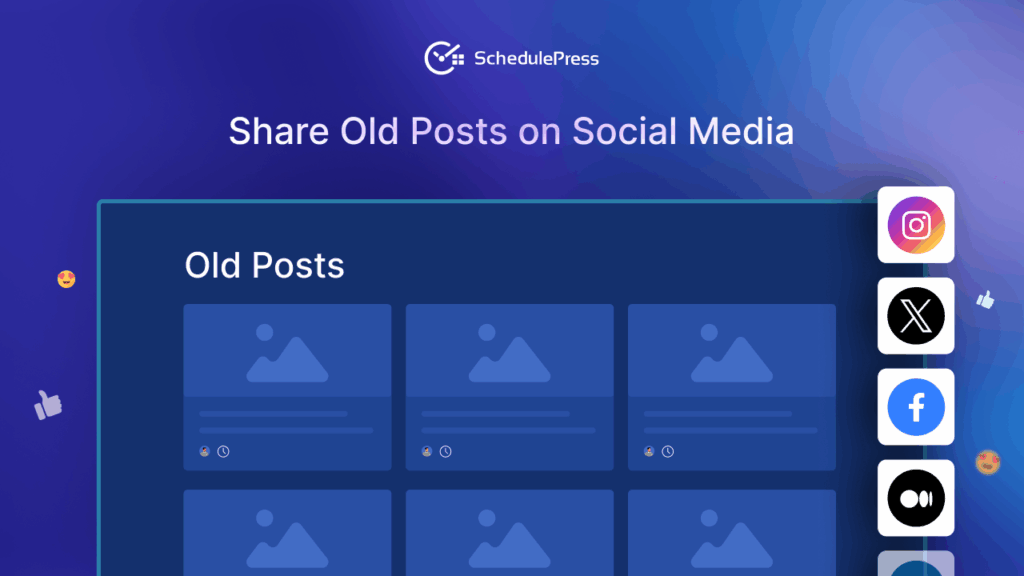Have you ever sat at your desk, coffee in hand, struggling to generate new topics? Trying to find content ideas can feel as challenging as searching for a needle in a haystack. However, with a few straightforward techniques, you can discover endless sources of inspiration – from dinner-table conversations to search-engine analytics and your own performance data.

In this article, we will explore clear, step-by-step methods for uncovering blog topics that resonate with your audience. Whether you are facing a blank page or simply need to refresh your content plan, these approaches will ensure you always have compelling ideas at your fingertips.
💡 Why Finding New Blog Ideas Matters
Selecting an inappropriate topic for your blog can be similar to hosting an event with no attendees. The right topics attract readers, carry on discussions and build trust. When you consistently find content ideas that resonate, you can achieve the following:
- Boost traffic & SEO: Publishing fresh, relevant content enhances your search engine rankings and draws more visitors to your site.
- Increase engagement: When your content aligns with readers’ interests, they are more likely to stay, interact, and return for more.
- Establish authority: Addressing genuine problems and providing solutions positions you as a reliable expert in your field.
- Prevent burnout: Having a steady stream of topic ideas keeps your creativity flowing and reduces the risk of content fatigue.
Successful blogs are not the result of chance; they come from a clear understanding of how and where to find content ideas that truly connect with your audience. Take a look at the scenarios below to evaluate the impact of effective topic selection:
- A blog post addressing a trending question rapidly ascends search engine rankings.
- Readers reach out, expressing that your content expands their thoughts and solves their concerns.
- An increase in social shares and comments converts casual readers into dedicated followers.
✍️ 10 Ways to Find Content Ideas When You Are Stuck
Feeling stuck happens to everyone, but it does not have to bother your content plan. When you need fresh inspiration fast, lean on these structured approaches to find content ideas in minutes.
1. Listen to Your Audience: The Best Source of Blog Ideas

Your readers tell you exactly what they want through comments, emails, and social interactions. Start sourcing them out to generate content on what matters most to your readers and customers.
How to Do It
- Blog comments & emails: Scan for recurring questions in your inbox and comment section.
- Social media polls: Run quick polls on Instagram posts or Twitter to discover reader interests.
- Surveys: Use Google Forms to ask directly, “What should I write about next?”
For example, if you are running a food blog and notice several followers asking how to make healthy desserts, you can create a post titled “5 Guilt-Free Dessert Recipes Your Family Will Love.”
2. Use Google’s Auto-Suggest & “People Also Ask”
Google’s Auto-Suggest and ‘People Also Ask‘ features reveal the exact queries users are searching for. Utilizing these tools helps you align your content with current search trends, increasing the likelihood of attracting organic traffic.

How to Do It
- Auto-suggest: Type your root keyword and note the dropdown suggestions.
- People also ask: Scroll to see related questions that pop up under search results.
- Combine keywords: Mix and match to unearth niche angles.
For example, if you are exploring “budget travel,” Google’s auto-suggest might recommend “budget travel tips Europe,” leading you to draft “10 Budget Travel Tips for Backpackers in Europe.”
3. Explore Google Trends to Spot Popular Topics
Google Trends provides insights into rising topics and seasonal search patterns. By staying informed about these trends, you can create timely content that resonates with your audience’s evolving interests.
How to Do It
- Search keywords: Enter terms in Google Trends to compare interest over time.
- Analyze spikes: Identify seasonal or viral surges.
- Pivot topics: Choose the topic with growing momentum.
For example, if you are covering fitness and see “at-home workout challenges” trending in January, you might draft “5 At-Home Workout Challenges to Kick-Start Your New Year.”
4. Study Your Competitors for Blog Inspiration
Analyzing your competitors’ top-performing content uncovers proven topics that engage your shared audience. This approach allows you to identify content gaps and opportunities to offer more to stay ahead.
How to Do It
- Identify leaders: Use tools like Ahrefs to find high-ranking competitor articles.
- Spot gaps: Look for questions they haven’t fully answered.
- Add your spin: Provide deeper insights or fresh angles.
For example, if you are in the personal finance niche and competitors cover “best budgeting apps,” you could write “Best Budgeting Apps for Couples: Shared Finance Simplified.”
5. Tap into Q&A Platforms (Reddit, Quora)
Platforms like Reddit and Quora are rich sources of authentic questions and discussions from your target audience. Engaging with these platforms lets you understand your audience’s concerns and create content that directly addresses their inquiries.
How to Do It
- Browse Subreddits: Search niche communities for top threads.
- Check Quora: Identify recurring queries.
- Turn Q&A into Content: Expand concise answers into full-length posts.
For example, if you are targeting parents and find a Reddit thread on toddler sleep tips, you could write “Toddler Sleep 101: Proven Strategies to Help Your Little One Sleep Through the Night.”
6. Use AI & Generate Content for Quick Inspiration
AI-powered tools can rapidly generate a large number of content ideas based on your input keywords. These tools assist in overcoming creative blocks and inspire new angles for your blog topics.
How to Do It
- ChatGPT prompts: Ask for “fun blog ideas in [your niche].”
- BuzzSumo: View the most shared content.
- HubSpot generator: Plug in keywords to receive title suggestions.
For example, if you are writing about digital marketing, ask any AI tool for “10 unique blog topics on email marketing,” and you might get “How to Use Emojis in Email Subject Lines to Boost Open Rates.”
7. Repurpose Evergreen Content into New Blog Ideas
Updating and repurposing evergreen content allows you to extend the lifespan of your existing assets. This strategy not only saves time but also reinforces your authority on subjects that consistently interest your audience.
How to Do It
- Identify evergreen hits: Locate high-traffic pages.
- Refresh with data: Update statistics and examples.
- Spin-off posts: Extract subtopics for deeper dives.
For example, if you have a post on “How to Grow Your Email List,” you might create “How to Automate Your Email Welcome Series for Maximum Engagement.”
8. Look for Inspiration in Online Courses
Online courses often outline structured learning paths that highlight key topics in a field. By reviewing these curricula, you can identify essential subjects to cover, ensuring your content aligns with educational standards and learner expectations.
How to Do It
- Browse Udemy/Coursera: Note module titles.
- Review Syllabi: Identify frequently taught themes.
- Expand lessons: Turn course modules into detailed posts.
For example, if you find a LinkedIn Learning course on “Advanced Excel Techniques,” you could write “7 Advanced Excel Functions Every Marketer Should Master.”
9. Dive into Google Analytics & Search Console

Examining your website’s analytics reveals which topics and keywords are driving traffic and engagement. This data-driven approach enables you to focus on content that resonates with your audience and optimize areas that need improvement.
How to Do It
- Top pages: Spot your most visited posts.
- Search queries: Find keywords driving impressions.
- Bounce & time: Look for pages needing a deeper follow-up.
For example, if your “Top 10 Running Tips” post drives high clicks but low time on page, create “10 In-Depth Running Form Drills to Improve Your Speed.”
10. Attend Webinars, Podcasts & Industry Events

Attending industry events and expert panels exposes you to the latest trends and thought leadership. These experiences provide fresh insights and inspiration, allowing you to create content that reflects current discussions and innovations in your field.
How to Do It
- Watch & note: Jot down key questions speakers address.
- Podcast highlights: Expand on intriguing anecdotes.
- Event recaps: Summarize top takeaways into actionable posts.
For example, if you attend a webinar on “Sustainable Fashion Trends,” write “5 Sustainable Wardrobe Swaps That Save You Money and the Planet.”
🎉 Get Ready to Find Content Ideas for the Next Big Hit
Discovering compelling blog topics does not have to be a difficult job. By utilizing the strategies outlined above, such as engaging with your audience, analyzing competitors, and exploring Q&A platforms, you can consistently find content ideas that resonate with your readers. These methods not only help generate content that drives traffic and engagement but also establish your authority in your niche.
If you have found this blog helpful, share your opinion with our Facebook community. You can subscribe to our blogs for valuable tutorials, guides, knowledge, tips, and the latest WordPress updates.












